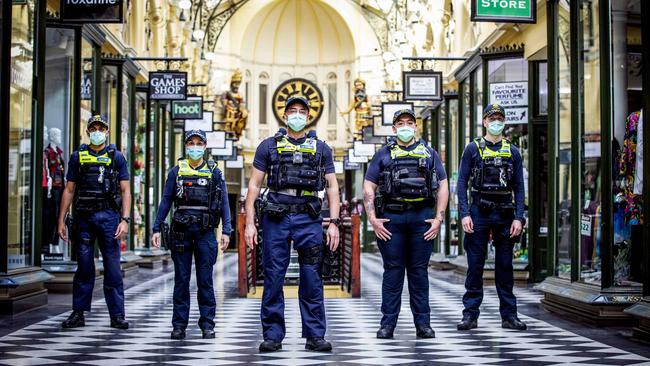
Between the 1996 and 2016 censuses, the proportion of Australians who said they worked from home (not counting unpaid domestic work) never varied from 4-5 per cent. But with the mandated lockdown there has come an awakening of sorts, and it applies to workers and employers alike.
This new model of urban existence, when implemented properly, can give time back to employees, reduce costs to employers, decongest roads and public transport networks, reduce carbon emissions and be kinder to our collective mental health.
In the longer term, if it sticks, the entire narrative of city life shifts. Workers might come into the office once a week, and then for just a few hours to collaborate with colleagues or to see clients. As a consequence the suburbs are enlivened: suddenly walkways, cycle paths, shops and parks thrum with activity. No need to create new infrastructure; it’s all there already. Some call this the 20-minute city; planners have been banging on about it for two decades.
The great work-from-home social experiment is jolting into life the suburbs surrounding our biggest cities. And in the process it is snatching time back from the commuting monster, returning it to those in Australia’s suburban heartland.
War, recession and pandemic are events that exact a terrible toll on human life, but such events also force new ways of organising human resources. The planning of the D-Day invasion, for instance, was an exercise in modern logistics that would carry forward into the post-war corporate world, right down to the use of code names for special projects. In the wake of the pandemic, I believe there’ll be a great reorganisation. The idea of living in the suburbs and commuting to the city centre is, after all, a 20th-century concept requiring endless investment in trams, trains and automobiles. Why take workers to jobs? Why not take jobs to workers? The only thing holding us back was a cultural predisposition towards the need for direct supervision – but the mandated work-from-home experiment has caused us all to question that. We’ve accommodated a new reality – and for many of us, actually, it isn’t so bad.
What comes out of this, perhaps, are re-energised suburbs with vacant shops given over to technology businesses, or perhaps work-near-home spaces for those who need to work with other people. Or for those without a spare room to make over into a broadcast outlet.
By comparison, the congested inner city seems dark and foreboding, filled with the threat of contagion. Gone are the cafes crammed with cheek-by-jowl tables; in comes the outdoorsy Silicon Valley version of suburbia where sophistication and financial success are no longer tied to the office towers of the CBD.
In this bright new post-pandemic world the frisson of congestion is replaced with the light and space of (inner) middle suburbia and from which a fuller, sportier, but just as connected lifestyle might be lived.
If I am right, the 2020s will be the activated suburbs’ time in the sun.




It spills ever outwards from the rich central yolk of our capital cities. Welcome to the fried-egg model of urban life, where the vast albumen we know as suburbia holds the hearts and minds of the Australian people. Suburbia has long been derided for its blandness, its sameness; a place of worker bees dutifully commuting to distant offices. Or at least this was the perception of suburbia before the coming of coronavirus.